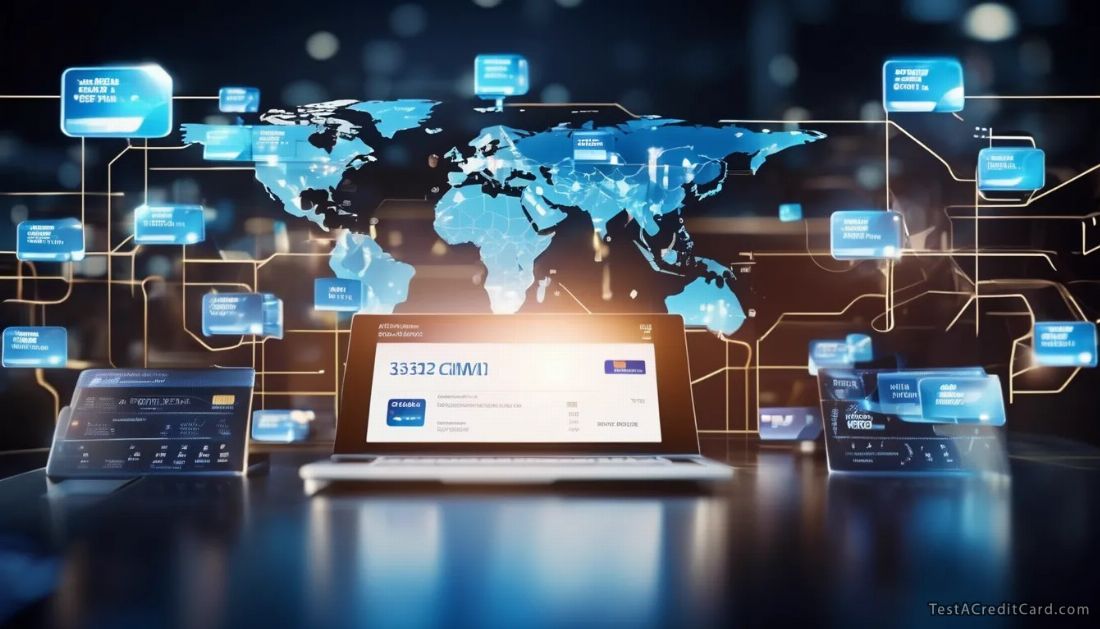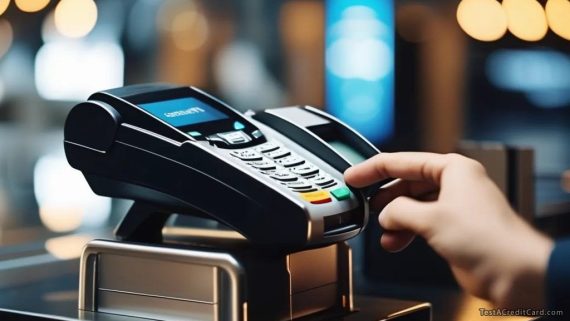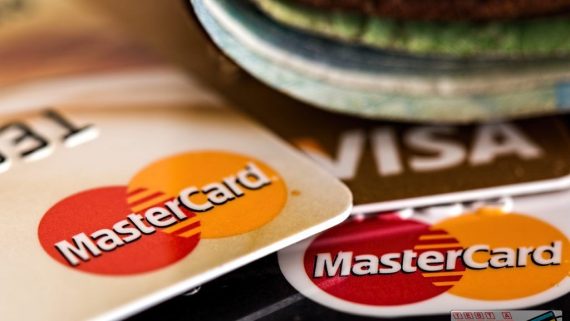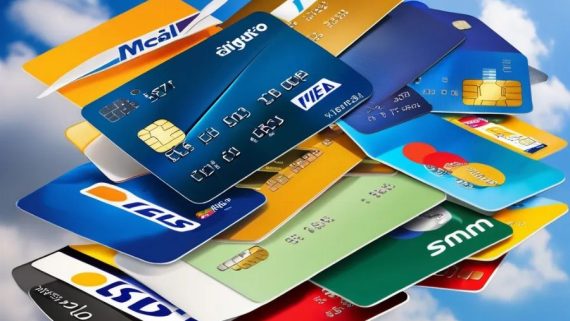Merchant Networks and How They Work
Every time you swipe a card or click “pay now” online, you’re tapping into a hidden system that makes electronic payments possible. Merchant networks are the behind-the-scenes players that connect stores, banks, and payment processors to move money securely. But how exactly do they function? And what should businesses and consumers know about them?
The Invisible Middlemen of Payments
 Think of merchant networks as digital highways for money. When you buy something, your payment doesn’t go straight from your bank to the store—it passes through a series of checkpoints to ensure everything is legitimate. These networks verify transactions, prevent fraud, and settle funds between banks and businesses.
Think of merchant networks as digital highways for money. When you buy something, your payment doesn’t go straight from your bank to the store—it passes through a series of checkpoints to ensure everything is legitimate. These networks verify transactions, prevent fraud, and settle funds between banks and businesses.
Some of the biggest names in this space—like Visa, Mastercard, and American Express—aren’t actually banks. Instead, they operate the infrastructure that lets banks and merchants communicate. Smaller players, like Discover and regional networks, also play critical roles in specific markets.
But it’s not just about processing payments. These networks set the rules for security, fees, and even dispute resolutions. If a transaction goes wrong, the network often decides who’s responsible—the bank, the merchant, or the customer.
How Merchant Networks Make Money
You might wonder, “If they’re just moving money around, how do these networks profit?” The answer lies in fees. Every time you use a card, a small percentage (usually 1-3%) gets taken out—part of that goes to the merchant network.
Here’s how it breaks down:
- Interchange fees (paid by the merchant’s bank to the cardholder’s bank)
- Assessment fees (charged by the network itself)
- Processing fees (collected by payment gateways like Stripe or PayPal)
These fees fund fraud prevention, customer support, and the technology that keeps transactions fast and secure. But they’re also why some small businesses prefer cash—to avoid these extra costs.
Major Merchant Networks Compared
Not all networks operate the same way. Some focus on global reach, while others prioritize lower fees or better rewards. Here’s a quick breakdown of the biggest players:
| Network | Key Features | Best For |
|---|---|---|
| Visa | Widest global acceptance, strong fraud protection, premium card benefits | Everyday spending, international travel |
| Mastercard | Competitive fees, strong security, good travel perks | Online shopping, business expenses |
| American Express | Higher merchant fees but premium rewards, strong customer service | Luxury spending, business travelers |
| Discover | Lower fees for merchants, cashback rewards, U.S.-focused | Budget-conscious shoppers, domestic purchases |
| UnionPay | Dominant in China, expanding globally, lower international fees | Travelers in Asia, cross-border transactions |
Each network has its own strengths. Visa and Mastercard are accepted almost everywhere, while Amex offers top-tier rewards (if the merchant accepts it). Discover and UnionPay, meanwhile, cater to specific markets with cost-friendly structures.
The Future of Merchant Networks
As digital payments evolve, so do these networks. Contactless payments, cryptocurrency integrations, and “buy now, pay later” services are changing how transactions happen. Some networks are even experimenting with blockchain to speed up cross-border payments.
But challenges remain. Small businesses still struggle with high processing fees, and fraud is an ever-present threat. The next decade will likely see more competition—and possibly regulation—to make these systems fairer and more efficient.
For now, though, merchant networks remain the unseen backbone of modern commerce. Whether you’re a business owner or a consumer, understanding how they work can help you make smarter financial choices.
References and Sources
- Visa: How Payment Processing Works
A detailed guide from Visa on the journey of a transaction.
https://usa.visa.com/run-your-business/merchant-resources/how-payments-work.html - Federal Reserve: The U.S. Payment System
An overview of payment networks and their role in the economy.
https://www.federalreserve.gov/paymentsystems/coreprinciples.htm - Mastercard: Understanding Interchange Fees
Explains how fees are structured and why they exist.
https://www.mastercard.us/en-us/business/overview/merchant-fees.html








